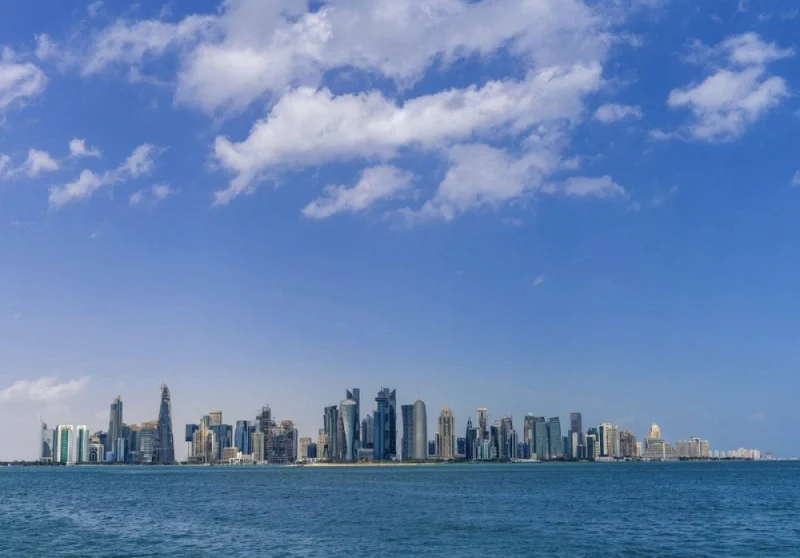Qatar’s budget surplus has been forecast to average 9% of GDP this year given favourable oil and gas prices, Oxford Economics noted in its latest country report.
The state budget turned surplus in 2021, and widened above 10% of GDP in 2022, due to higher oil and gas revenues, Oxford Economics said.
Qatar’s budget showed deficit in 2017, but that was temporary, Oxford Economics said and noted it returned to surplus in 2018. But it began to narrow again in 2019 and, given the slump in oil and gas prices, moved into deficit of 2.1% of GDP in 2020.
The 2023 budget, based on an oil price of $65 per barrel, up from $55/b in the 2022 budget, projects a surplus of QR29bn, equivalent to 3.4% of GDP.
“Our 2023 forecast for Brent is now at $80/b, down from 81.5/b last month, but still well above the budgeted price, and LNG prices are softening. But with spending growth moderating, we expect a budget surplus of about 9% of GDP this year.
“According to the first quarter (Q1) budget data, revenues rose 5.5% year-on-year (y-o-y) while spending fell 4.9% y-o-y, widening the quarterly budget surplus to QR19.7bn.”
While Qatar’s external debt burden became large due to heavy investment in a relatively short period of time, it trended up between 2013 and 2021 before declining last year, a trend Oxford Economics expect to continue this year and next.
This is balanced by the large foreign assets, including official reserves, current account surpluses, sustained economic growth, and access to cheap external borrowing due to its high sovereign credit ratings.
The country’s large external surpluses have been invested abroad in property, financial, retail, and other sectors by the Qatar Investment Authority (QIA), which is estimated by the Sovereign Wealth Fund Institute to have assets of more than $300bn, and the aim is to reduce the state’s reliance on oil and gas earnings.
Crude production will rise modestly this year, Oxford Economics said. Oil output in the country declined in 2021-2022.
But as Qatar isn't involved in the OPEC+ agreement on production quotas, Oxford Economics expects production to rise this year, nearing 600,000 barrels per day (bpd).
A recovery in oil production will drive further growth in the energy sector after it expanded 1.7% last year, marking the first positive annual performance since 2012, Oxford Economics noted.
The gas sector remains Qatar’s priority, it said. The North Field gas expansion project will have a positive medium- term impact, increasing LNG capacity nearly 65% to 126mtpy by 2027, from 77mtpy.

The state budget turned surplus in 2021, and widened above 10% of GDP in 2022, due to higher oil and gas revenues.



